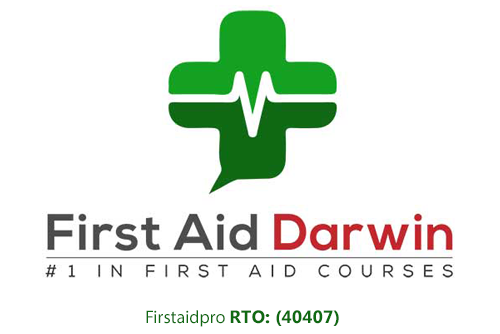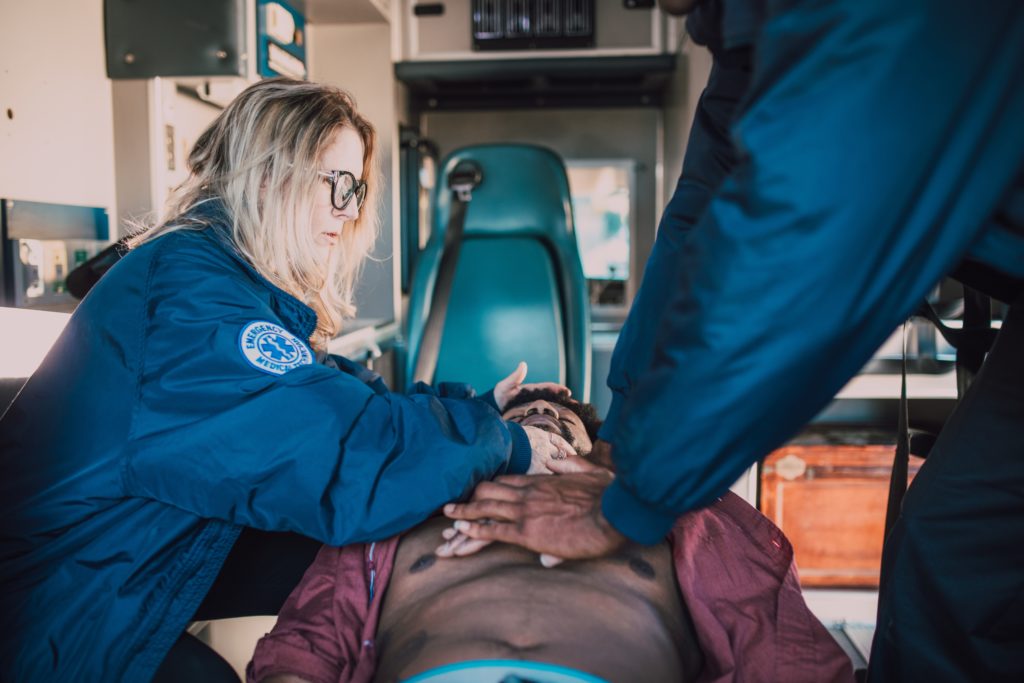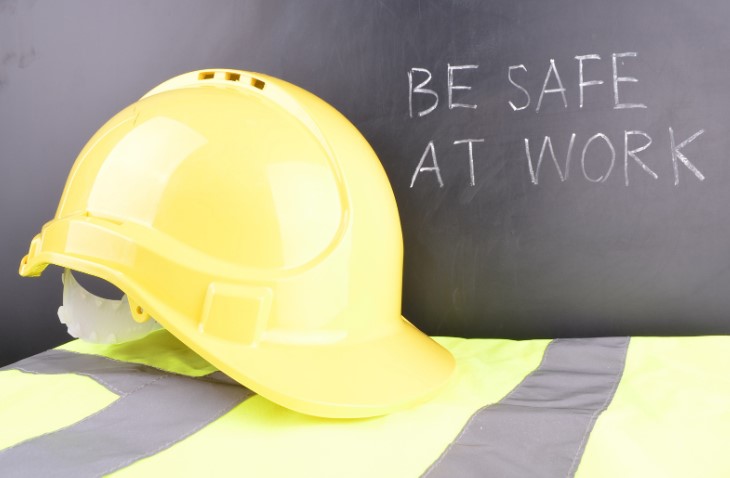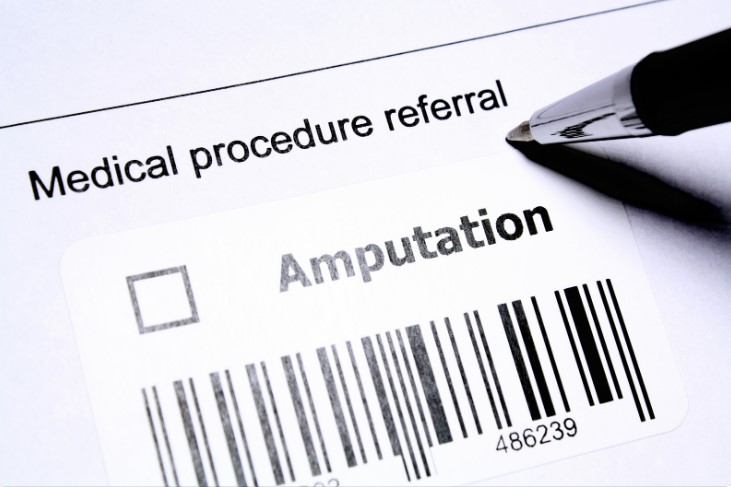Rescue breathing is a first-aid procedure given to a person who has stopped breathing. It can be performed alone or as a part of cardiopulmonary resuscitation (CPR). When giving rescue breaths, the responder will blow air to a person’s mouth to supply them with oxygen. These lifesaving techniques can vary depending on if the casualty is an infant, child, or adult.
In this article, we will cover rescue breathing in more detail, including when it is performed and how it differs from CPR.
Facts on Rescue Breathing
Rescue breathing refers to the practice of manually putting oxygen into a person’s lungs. It is done as a lifesaving intervention when the body cannot do the task on its own. Rescue breathing is accomplished through mouth-to-mouth resuscitation, using breathing pumps, or through a machine.
The biggest debate and area of ‘misconception’ relating to CPR up to date is the issue of rescue breathing. Back in 2010, the compression-only CPR guidelines were released. These result in many people believing that rescue breaths were no longer part of CPR.
The answer to that is NO. Several emergency scenarios still require rescue breathing. Some are drowning, poisoning, drug overdose, unresponsive infant or children, and breathing difficulties. Also, cardiac arrest victims will have an improved outcome with rescue breathing.
How to Perform Rescue Breathing
As mentioned, resuscitation can be given alone or as part of CPR. This might leave many people wondering how these two are different.
Resuscitation breathing can be performed alone when the victim has a pulse but has difficulty breathing. While CPR is given when the victim’s heartbeat and breathing have stopped totally. The CPR technique involves cycles of chest compressions and rescue breathing.
According to the AHA guidelines, quality over quantity is key when it comes to rescue breathing. The interval between each breath should be six to eight seconds. Make sure that each breath takes about one full second to administer.
Do the following steps.
-
Open the airway
To effectively give breathing resuscitation, the person’s airway must be open and clear. To open an airway, place your hand on the person’s forehead. Proceed with tilting their head back gently and use the fingers of your other hand to lift the chin upward.
-
Give rescue breathes
Now that the airway is open proceed with giving rescue breaths. To do this:
- Pinch the person’s nostrils to prevent air from escaping through the nose.
- Cover their mouth with yours to form a seal so the air does not escape
- Give rescue breaths by gently blowing air into the person. Aim to do about 10 to 12 breaths per minute.
- Check to see if the person’s chest rises as you give the resuscitation breaths. If no response, repeat step 1, which is opening the airway. Make sure the airway is open before giving additional rescue breaths.
-
Monitor the condition
Check if the person’s condition improves or they can breathe normally on their own. Continue giving rescue breaths until emergency medical services (EMS) arrives or another trained individual takes over.
Conclusion
Even today, still many people admit being uncomfortable giving rescue breaths in an emergency. However, it is important to note that CPR breaths still matter. Despite the popularity of compression-only or hands-only CPR, giving resuscitation does actually make a huge difference.
For emergencies that require rescue breathing, we can only hope that many trained bystanders are willing to step up and help.
Contact First Aid Darwin to learn more about formal CPR training or certification.








